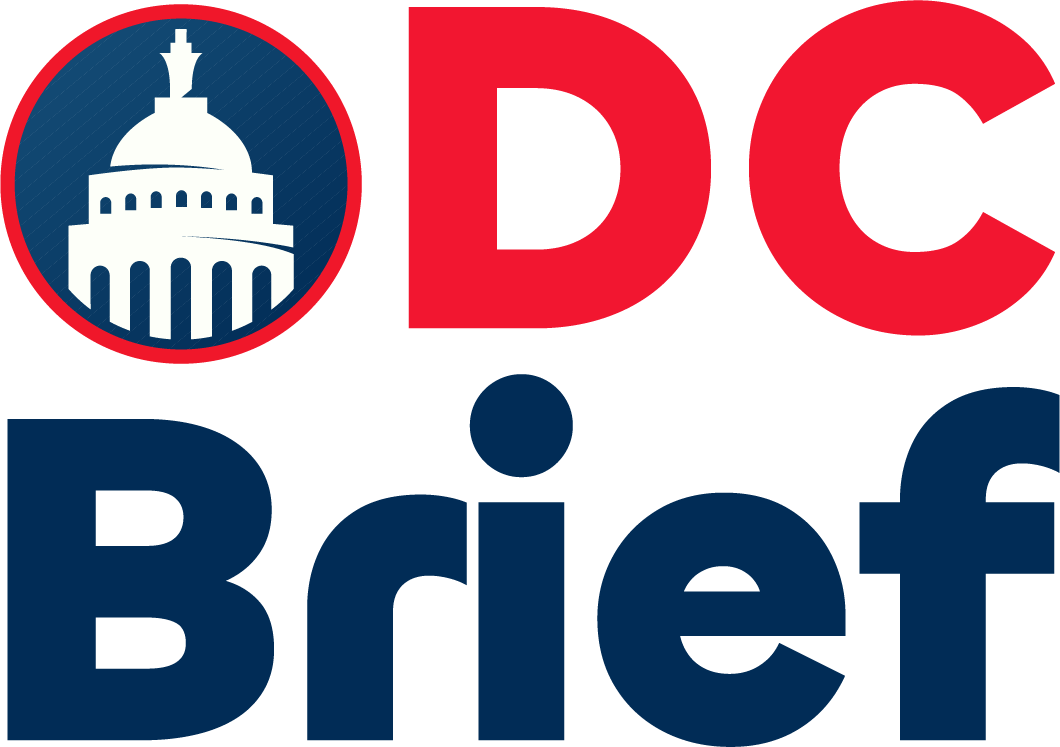US vegetable prices jumped sharply last month, sparking debate among economists and food industry experts. Wholesale vegetable prices surged by nearly 40 percent, marking the steepest increase in any major category. Analysts now warn that if this trend continues, consumers could soon feel the pressure in restaurants and grocery stores.
Some analysts believe tariffs may partly explain the increase. The US imports more than one-third of its fresh vegetables. A product category with such a heavy reliance on imports becomes highly vulnerable to tariff-induced price hikes. Unlike non-perishable products, vegetables cannot be stockpiled before tariffs, which makes importers more exposed to higher costs.
However, experts also stress that tariffs are not the only possible factor. Weather disruptions often drive supply shortages, which in turn push prices higher. Recent examples include coffee, where droughts in Brazil and Vietnam caused global supply issues. Coffee prices rose more than 14 percent over the past year. Similarly, extreme weather could easily impact vegetable crops and boost producer prices.
US vegetable prices may also reflect immigration policy effects. Agriculture relies heavily on immigrant labor, and stricter enforcement has created uncertainty. Many workers fear entering fields due to raids and detention policies. With two-thirds of agricultural workers classified as non-citizen immigrants, labor shortages can quickly push wages up. Sellers then raise prices to cover higher wage bills.
Still, consumer prices for vegetables have not yet increased. Government data showed that retail vegetable prices remained flat from June to July. Over the past year, consumer vegetable prices rose only 0.2 percent, far below the overall inflation rate. While the wholesale spike is concerning, households have not yet faced higher bills at grocery stores.
Nevertheless, analysts say that if wholesale costs remain elevated, consumer prices will eventually follow. Some economists predict increases above 10 percent if the trend continues for several months. Such a jump would significantly impact families, restaurants, and small businesses. For now, the outlook remains uncertain, with both tariffs and weather playing potential roles.
President Trump continues to argue that tariffs benefit the country. He insists they bring large sums into the US Treasury and that foreign governments often absorb the costs. However, food economists remain cautious. They warn that supply chains, weather patterns, and labor markets must also be considered in understanding the current spike.
In conclusion, US vegetable prices highlight the complex mix of trade policies, labor conditions, and environmental challenges. The coming months will show whether the wholesale surge passes through to households. For now, analysts agree the situation requires close monitoring.
For more business updates, visit DC Brief.


